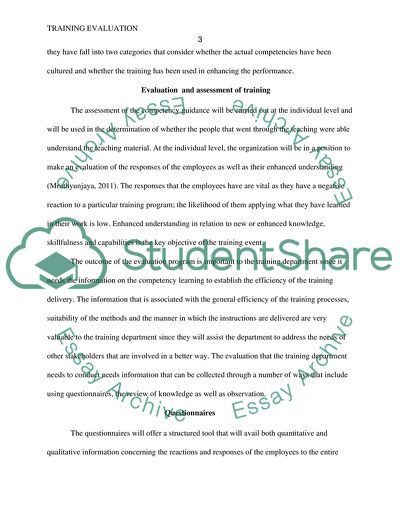Cite this document
(Training Evaluation Essay Example | Topics and Well Written Essays - 1500 words, n.d.)
Training Evaluation Essay Example | Topics and Well Written Essays - 1500 words. https://studentshare.org/human-resources/1826874-training-evaluation
Training Evaluation Essay Example | Topics and Well Written Essays - 1500 words. https://studentshare.org/human-resources/1826874-training-evaluation
(Training Evaluation Essay Example | Topics and Well Written Essays - 1500 Words)
Training Evaluation Essay Example | Topics and Well Written Essays - 1500 Words. https://studentshare.org/human-resources/1826874-training-evaluation.
Training Evaluation Essay Example | Topics and Well Written Essays - 1500 Words. https://studentshare.org/human-resources/1826874-training-evaluation.
“Training Evaluation Essay Example | Topics and Well Written Essays - 1500 Words”. https://studentshare.org/human-resources/1826874-training-evaluation.


